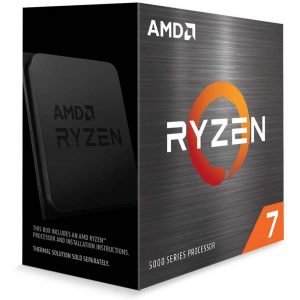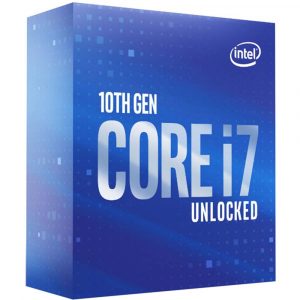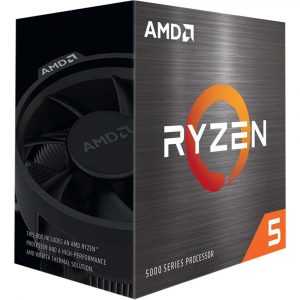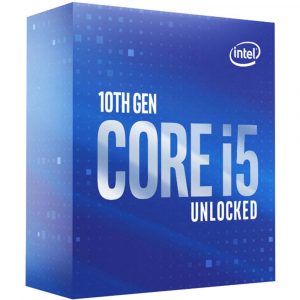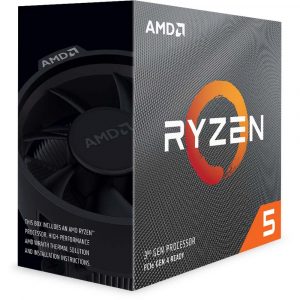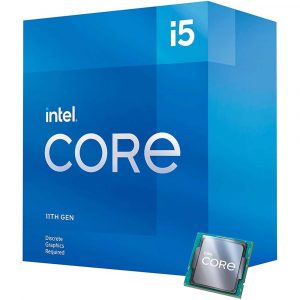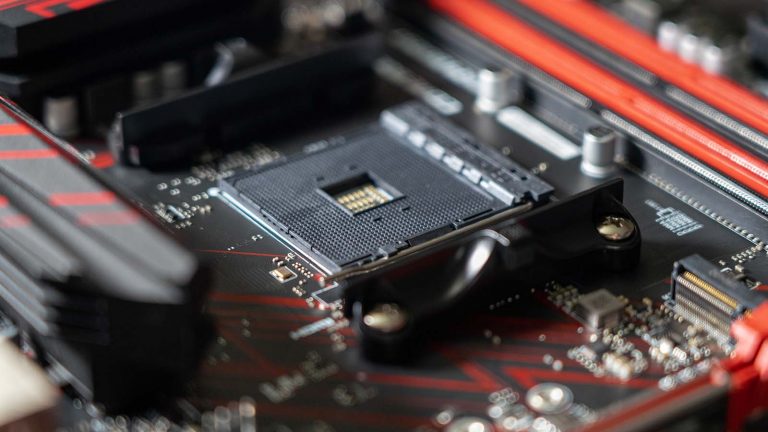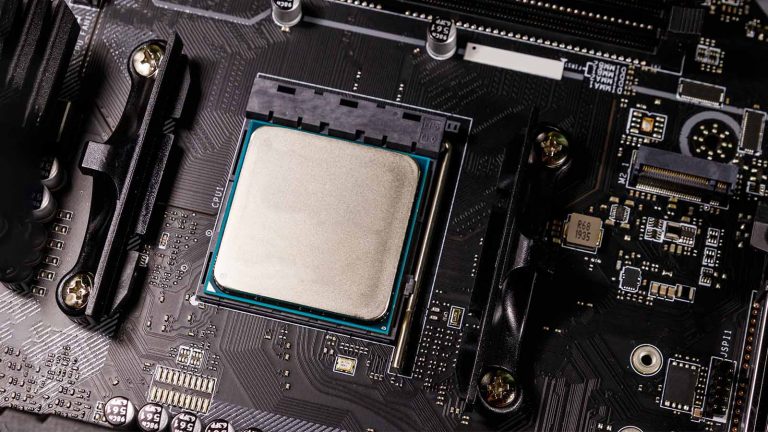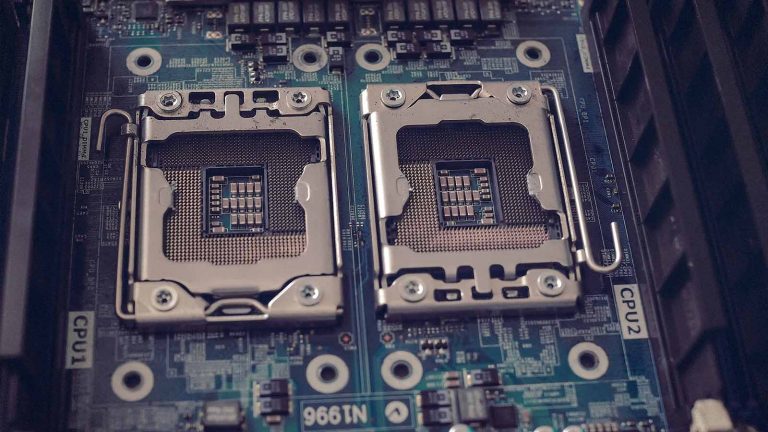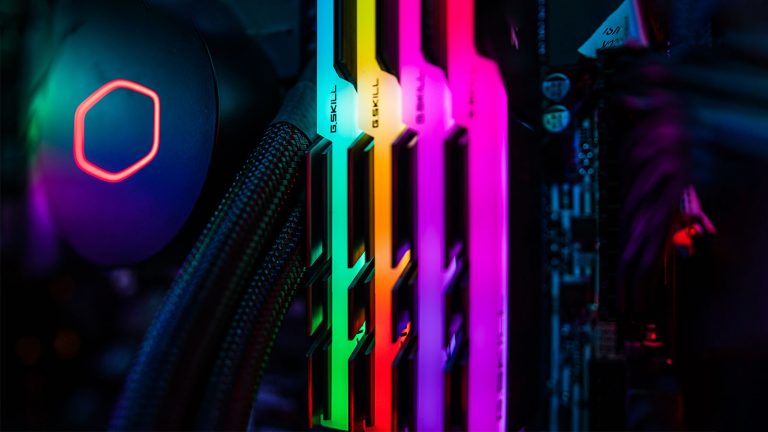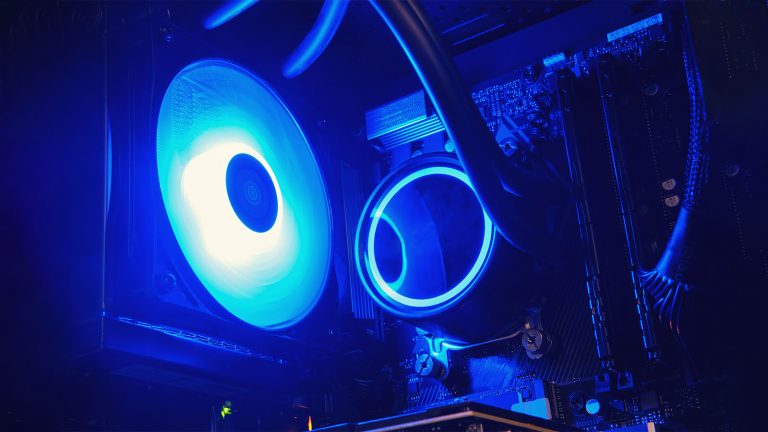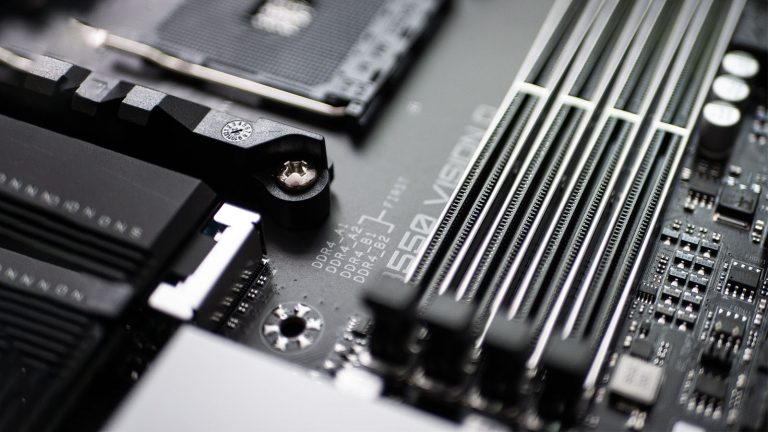6 Best CPUs for RTX 3070 in 2024
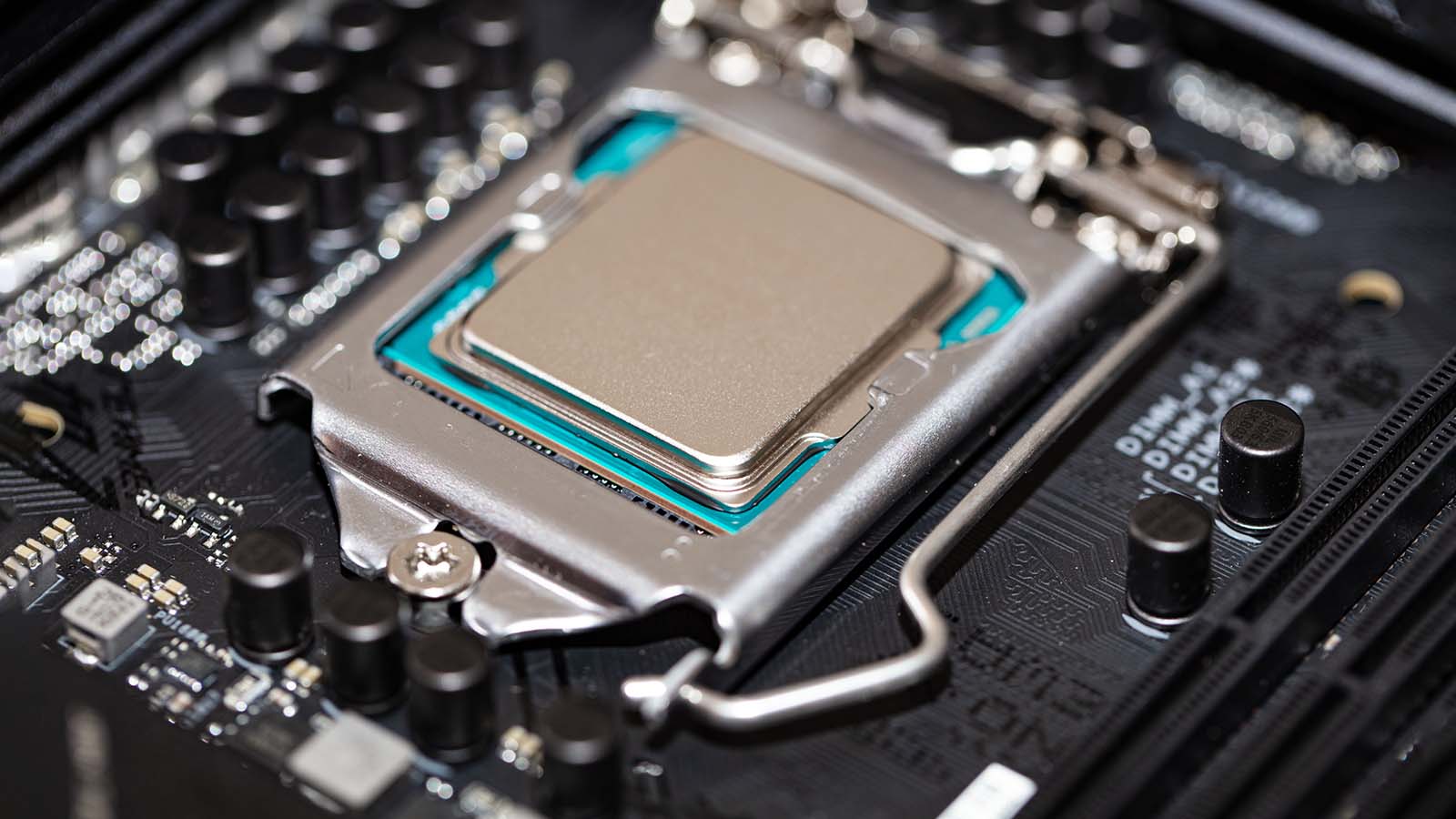
The 20XX series was a milestone in NVidia’s history that pioneered new ray-tracing technologies while simultaneously delivering better traditional performance than older GPUs. It seems that the company is on a roll, as 3070 is already on par with one of last gen’s most formidable representatives, the 2080Ti. Not bad for a GPU with a smaller power draw that’s also supposed to cost $700 less.
You’re extremely lucky if you manage to get one at that price. Celebrate by slotting it into one of the best CPUs for RTX 3070 from our overview. Intel and AMD both offer compelling choices no matter how much money you have left over, so take a closer look and make an informed decision.
Best High-end AMD CPU for RTX 3070: AMD Ryzen 7 5800X
Best High-end Intel GPU for RTX 3070: Intel Core i7-10700K
Best Mid-range AMD CPU for RTX 3070: AMD Ryzen 5 5600X
Best Mid-range Intel CPU for RTX 3070: Intel Core i5-10600K
Best Budget AMD CPU for RTX 3070: AMD Ryzen 5 3600
Best Budget Intel CPU for RTX 3070: Intel Core i5-11400F
Best High-end AMD CPU for RTX 3070: AMD Ryzen 7 5800X
Zen 3 has finally closed the gap with Intel when gaming is concerned while maintaining AMD’s superiority in productivity and multithreaded tasks. Our high-end pick is the processor to get if you want equally exemplary performance in both fields. It has a single optimized CCX, doesn’t get overly hot, and has high clock speeds that ensure consistent performance even if you don’t know much about pushing CPU limits.
There are no other viable AMD alternatives in this price range, and most people won’t need any. You might want to consider saving up a bit more for the 5900X since it is technically a better value due to a higher core count. Do this only if productivity is your rig’s primary purpose, though.
The differences between the 5800X and 3800X aren’t particularly noteworthy at first glance. The newer chip has a slightly higher boost clock compensated by a 100MHz decrease in the base value. The TDP is the same reasonable 105W, too. This doesn’t tell you that the newer model is much more efficient at reaching and maintaining clocks close to its limit with minimal user intervention.
Stable higher clocks are essential for notable frame gains, but they’re just one part of the equation. Refinements to the 7nm fabrication process are the other, most notably the different CCX layout that allows eight cores to be placed on the same die. That means better inter-core communication and less latency when dealing with other parts of the chip. More importantly, the entire L3 cache is now available to each core when a program calls for it.
You might need to pay more for the 5800X than the 10700K, but you’ll be glad you did if you’re focused on either content creation or tasks that require lots of computation power. It overshadows our Intel recommendation in that area and even comes out on top against the best Team Blue has on offer. Gaming benchmarks put both sides on equal footing. The 10700K takes the lead in most games, but that’s not much of a statement when you’re dealing with differences of less than ten frames when you’re already well past 100.
Best High-end Intel GPU for RTX 3070: Intel Core i7-10700K
Ask people what the quintessential gaming chip is, and they’re sure to list their fondest x700K models. While it won’t have a special place in the heart of as many enthusiasts as the previous chips in the line due to AMD’s valiant efforts, the 10700K remains to be beaten in raw power at a similar price point. It’s hyperthreaded, meaner than its predecessor, and can’t wait to team up with your 3070 to form a gaming dream team.
We intentionally didn’t recommend the newest chip in the line, the 11700K. It’s noticeably more expensive and doesn’t justify the price increase with better framerates. That being said, the 11700K is a strong contender if you’re looking for an Intel processor with proven game metrics and better productivity stats than its predecessor.
Speaking of predecessors, the 10700K has more in common with the then flagship 9900K than the 9700K. They share the same 125W TDP and have 16 threads, which is a new feature finally bestowed on all 10th-gen processors.
Higher boost clock frequencies are another distinguishing feature, allowing two of the newer chip’s eight cores to run at a whopping 5.1GHz without fuss. Best of all, the power requirements for overclocking aren’t as ridiculous as on the 10900K, meaning you can get away with a top-of-the-line air cooler and still enjoy substantial gains.
You’ll have to get a 400-or 500-series motherboard since Comet Lake demands a new socket. That doesn’t seem justified given the lack of meaningful architecture changes ever since the Skylake days. Intel would focus on increasing IPC again with the release of Rocket Lake, but 10th-gen CPUs still rely on clock increases as their primary means of improvement.
Gaming benchmarks at 1080p show the 10700K has aged like fine wine. There’s no discernible difference between it and the 5600X. The 10900K and AMD’s $500+ chips ”beat” it consistently, but getting these for gaming alone just to see a single to low double-digit framerate jump at rates that already surpass 150fps is ridiculous.
Best Mid-range AMD CPU for RTX 3070: AMD Ryzen 5 5600X
Ryzen showed the world that AMD was back in the ring. Even so, it took several generations for a Zen chip to also be mentioned in the same breath as Intel’s greats when looking for gaming recommendations. Our mid-range pick is what you ought to get if you’re after the best gaming performance at a price that’s more than reasonable despite AMD’s generational price hike.
You can currently find the 3700X at similar prices. Stick with our recommendation if gaming performance is most important. However, do give the 3700X serious consideration if you’re equally interested in multitasking or streaming since the two extra cores make a difference.
The slight variances in clock speeds we saw with the 5800X and its predecessors persist in the mid-range too. The difference is that the 5600X manages to deliver solid improvements over the 3600X with a 65W TDP. The 30W power draw increase also translates into more stable thermals and lets the chip maintain boost clocks with improved stability. You get one of AMD’s Wraith coolers to keep temperatures low, and it does so well if you don’t push the clocks past their factory limits.
Comparing the two Zen 3 CPU layouts reveals that they’re identical, save for the fact that two cores on the less expensive models don’t work. That reduces the amount of available L2 cache to 3MB but has little impact in the grand scheme of things.
The 5600X is the best gaming CPU of the generation. That’s a bold claim to make, especially with reputable models like the 10900K in the mix. AMD’s processor keeps up with the much more expensive competitor and our high-end Intel pick, showing no signs of bottlenecking your 3070 at 1080p. Its video encoding or compression results are marginally worse than Intel’s, which is another point in AMD’s favor due to the hefty price difference.
Best Mid-range Intel CPU for RTX 3070: Intel Core i5-10600K
Gamers looking to pair their 3070 with a versatile mainstream CPU are in luck. On the one hand, there’s the universally capable 5600X. On the other, the 10600K has comparable gaming chops yet can be found at prices resembling its MSRP.
The 11600K is objectively the better CPU, and we’ll be recommending it for more expensive NVidia cards. Its thermals and power consumption are the reason we’re sticking with the older model this time since getting the 11600K also means investing in a better power supply and cooling.
A head-to-head comparison reveals that the processor has received the most substantial upgrades in the Comet Lake line. The introduction of hyperthreading gives it a considerable boost in multithreaded tasks over the 9600K. Similarly, a 400MHz uplift in base and 200MHz in max core clocks take care of scenarios where single-threaded results still matter more.
The 10600K is nearly identical to the 9600K from an architectural standpoint. Its six cores are laid out in the center of the die, flanked by the system agent on one side and an integrated graphics unit on the other. Fewer cores mean there’s less L3 cache to draw on, but even here the numbers went up from 9 to 12MB. Intel did implement a composition change to the die, though. Its silicone surface is thinner, allowing for an increase in heat spreader thickness and no substantial thermal spikes despite a 30W TDP jump.
What does all of that mean in the real world? The 10600K takes a back seat to the 5600X and 11600K in productivity and content creation. Conversely, it’s within margin of error territory once you start testing all three CPUs in some of the most resource-intensive games. This doesn’t reflect well on the 11600K since it means the older model is a more exciting buy for users focused solely on top gaming results.
Best Budget AMD CPU for RTX 3070: AMD Ryzen 5 3600
The RTX 3070 allows for comfortable gaming at 1440p. Lower CPU requirements are a welcome side effect since 1440p is a resolution where the GPU is far more likely to bottleneck performance than a more affordable CPU. That makes the 3600 the perfect choice for anyone looking to invest in premium gear like the 3070 and a good monitor while keeping costs down elsewhere.
You’ll lose out on more than 20% of potential frames if you game in 1080p with those CPU & GPU combo, so go for one of our pricier picks if max frames are important to you for twitch shooters.
Here we’re dealing with a 6-core, 12-thread processor with considerable upgrades over the 2600. It received a 100% increase in L3 cache and a combined boost of 500MHz for base and boost clocks. The TDP remains a mere 65W, and you get a capable cooler as part of the package, saving even more in the process.
While not as huge a leap as Ryzen was over Bulldozer, Zen 2 brought AMD closer to Intel than it had been in 15 years. It’s all about the IPC gains this time around, which the company achieved by introducing enhancements to all parts of the CPU. Some of them are architectural, like improvements to integer and floating-point components. Others are technical, most notably the switch to production on a 7nm die.
Users looking for decent results, whether they’re rendering a 3D scene in Blender or need to encode a 4K movie, will find that the 3600 still behaves more than adequately. More importantly, 1440p gamers will want to take a good hard look at more expensive processors and wonder whether to bother with them since the differences in framerates are nowhere near as pronounced as the differences in price.
Best Budget Intel CPU for RTX 3070: Intel Core i5-11400F
You know we’re living in interesting times when AMD is establishing itself as the top-end top dog while Intel is offering the best bang for your buck. The 11400F is an excellent example of the latter since it is substantially cheaper than the R5 3600 while keeping pace or even surpassing AMD’s model for gaming. There’s even less of a bottleneck at 1080p, so it’s worth letting loose in CS: GO or Siege as much as testing the limits of the chip’s enhanced productivity potential.
Superficially comparing our budget pick to the 10400F that preceded it would leave you scratching your head. Nothing new seems to be going on with the more recent CPU, and the 300 or 100 MHz drops for base & core clocks respectively appear like a cause for concern. You even get the same inadequate stock cooler, albeit in black.
For the first time since the introduction of Skylake, Intel has chosen to redefine the core architecture rather than get a few more percent out of the newest CPU by upping its clock speeds. It did this in a roundabout way, taking the layout found in 11th-gen 10nm laptop processors and adapting it to the 14nm process. The resulting instructions per cycle gains are enough to cause better results across the board without generating more heat or requiring additional power.
Pitting the 11400F against the 3600 demonstrates how much Intel’s budget chip has grown. The gains are most apparent in productivity and video editing, with a stalemate that was unimaginable just a generation ago. Intel’s CPU displays a more decisive advantage in games, often leading by ten frames or more at 1080p.
Frequently Asked Questions
What CPU should I get with an RTX 3070?
We’re fortunate to be able to choose between CPUs at vastly different price points and get great deals each time. Keeping this in mind, the answer depends on what your computer will be used for the most. Gamers can’t go wrong with the 5600X or 10700K. Users who need more productivity potential should get the 5800X, while anyone in need of a versatile yet affordable processor should buy an i5-11400F.
What CPU will not bottleneck an RTX 3070?
Bottlenecking happens when a processor can’t keep up with the graphics card’s demands and is most common in 1080p gaming. The better the processor, the smaller its bottleneck is going to be. The good news is that this may not be relevant to your situation at all. None of our recommendations will bottleneck the 3070 to the point of crippling it.
For example, the Ryzen 5 3600 bottlenecks the 3070 roughly 18% at 1080p. That sounds serious until you look at the charts and see that it means a game will run at 140fps instead of 170. It is completely irrelevant if you play on a 60Hz monitor with Vsync on and stops becoming an issue entirely at 1440p. The game selection also plays a large role, so the bottleneck might even be much less noticeable.
Is the RTX 3070 worth it?
In an ideal world where the words MSRP haven’t lost all meaning, the 3070 is a great proposition. It’s on par with the 2080Ti, which would make it a steal for anyone interested in 1440p or competitive 1080p gaming. You’ll want to hold off on buying one before there’s more stock available and prices become stable again, though.

